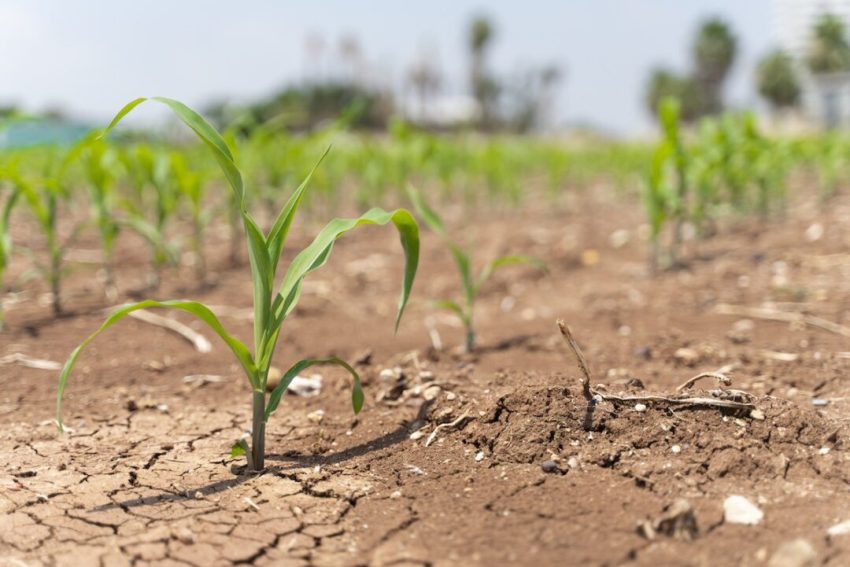The world is facing an alarming convergence of climate-related crises that are severely impacting global food security, according to a new report released by the Food and Agriculture Organization (FAO) and the World Food Programme (WFP). From extreme droughts in Africa to record-breaking floods in Asia and unpredictable weather patterns in Latin America, climate change is becoming the single greatest threat to the stability of the global food system.
As the planet warms, food production has become increasingly vulnerable to natural disasters, shifting growing seasons, and degraded soil health. Experts warn that unless urgent action is taken, millions more people could be pushed into hunger and malnutrition in the coming decades.
Drought and Famine in the Horn of Africa
East Africa continues to bear the brunt of prolonged drought conditions. In Ethiopia, Somalia, and Kenya, rains have failed for several consecutive seasons—decimating crops, killing livestock, and displacing millions. The FAO estimates that over 23 million people across the Horn of Africa are currently facing acute food insecurity.
“This is a climate-driven crisis,” said Rein Paulsen, Director of the FAO Office of Emergencies and Resilience. “People who rely on seasonal rainfall and small-scale agriculture for survival are increasingly left with nothing.”
International aid agencies are struggling to respond, citing a funding shortfall as donor fatigue sets in. Local governments are calling for both emergency food aid and long-term climate adaptation strategies, such as drought-resistant crops and improved irrigation systems.
Floods and Crop Failures in Asia
Meanwhile, parts of South and Southeast Asia are grappling with the opposite extreme—catastrophic flooding. In Bangladesh and northern India, unusually heavy monsoon rains have submerged farmlands and destroyed homes. In Pakistan, flash floods in 2024 left millions homeless and caused an estimated $30 billion in damage, much of it to agricultural infrastructure.
The disruption of rice and wheat production in these regions—both major global exporters—has triggered price hikes on international markets, further exacerbating food insecurity in low-income countries that rely on imports.
Latin America: Changing Climate, Changing Crops
In Latin America, changing weather patterns are altering traditional farming cycles, especially in countries like Brazil, Argentina, and Mexico. Coffee growers in Colombia are reporting declining yields due to rising temperatures, while unpredictable rainfall is affecting maize and bean production in Central America.
These disruptions are leading to higher food prices and increased migration, as rural populations are forced to leave their land in search of income. Experts warn that climate-induced displacement will only intensify without swift, coordinated action.
A Call for Global Solutions
In light of these challenges, global leaders are under growing pressure to make climate resilience a top priority in agricultural and economic planning. The upcoming COP30 climate summit in Brazil will place food systems at the heart of climate negotiations for the first time, with an emphasis on climate-smart agriculture, sustainable land use, and international cooperation.
The United Nations is urging developed countries to meet their climate finance commitments, particularly for mitigation and adaptation in vulnerable regions. Climate experts stress that it’s no longer a matter of simply reducing emissions—it’s about protecting lives and livelihoods already affected.
“The climate crisis is now a food crisis,” said WFP Executive Director Cindy McCain. “And unless we act boldly, it will become a humanitarian crisis of unimaginable scale.”




